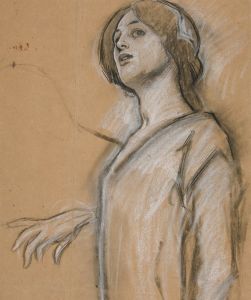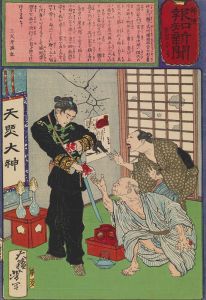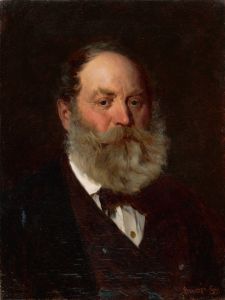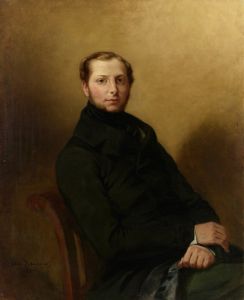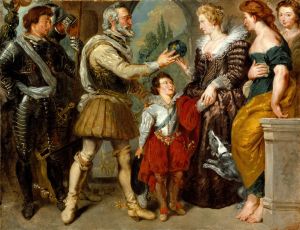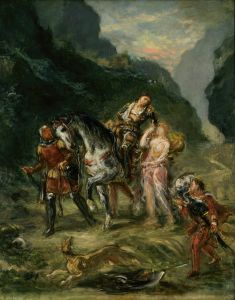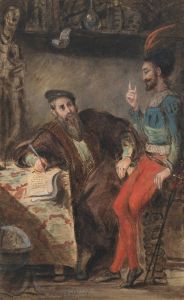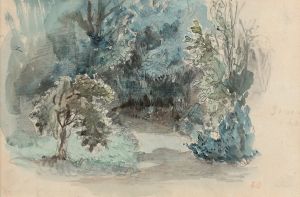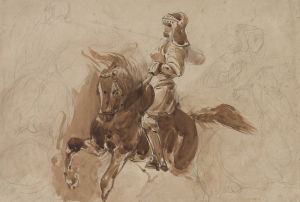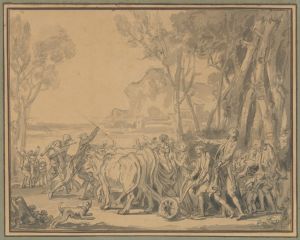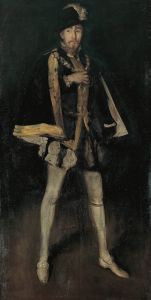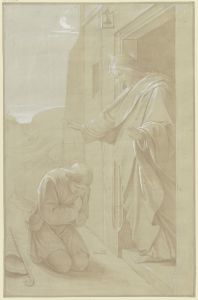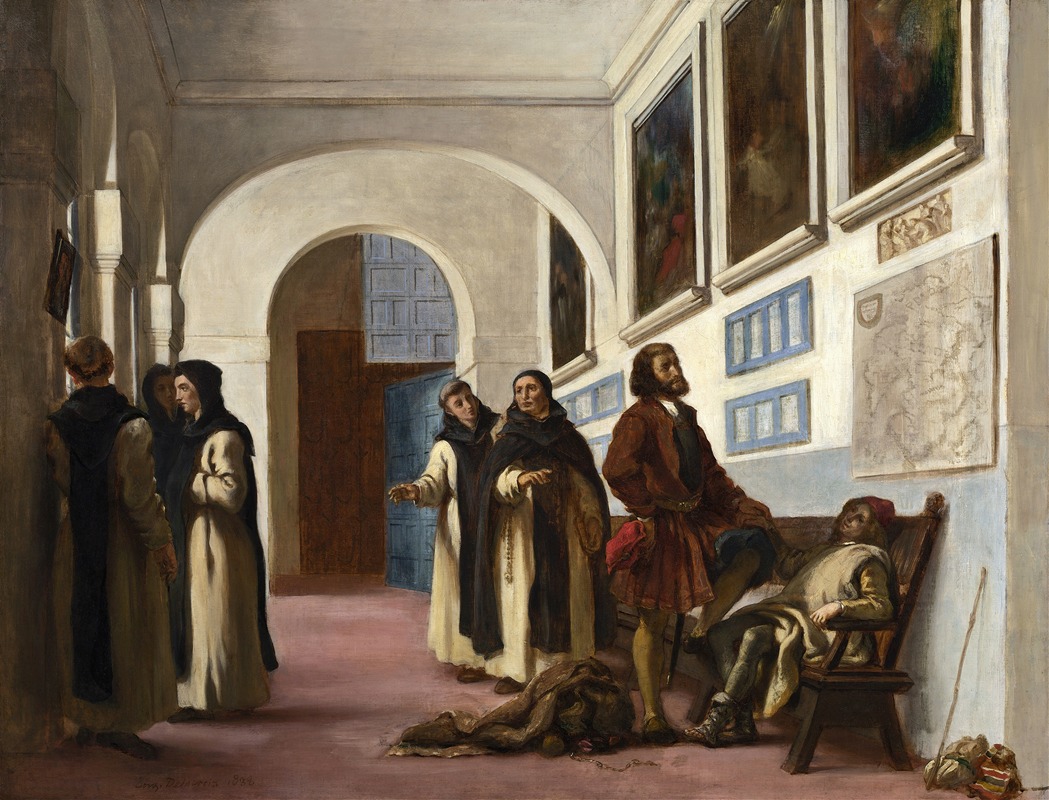
Christopher Columbus and His Son at La Rábida
A hand-painted replica of Eugène Delacroix’s masterpiece Christopher Columbus and His Son at La Rábida, meticulously crafted by professional artists to capture the true essence of the original. Each piece is created with museum-quality canvas and rare mineral pigments, carefully painted by experienced artists with delicate brushstrokes and rich, layered colors to perfectly recreate the texture of the original artwork. Unlike machine-printed reproductions, this hand-painted version brings the painting to life, infused with the artist’s emotions and skill in every stroke. Whether for personal collection or home decoration, it instantly elevates the artistic atmosphere of any space.
"Christopher Columbus and His Son at La Rábida" is a painting by the renowned French Romantic artist Eugène Delacroix. Created in 1838, this artwork is a significant representation of Delacroix's interest in historical themes and his ability to capture dramatic and emotional moments. The painting depicts a poignant scene involving the famous explorer Christopher Columbus and his son, Diego, at the Franciscan monastery of La Rábida, located in the province of Huelva, Spain.
The historical context of the painting is rooted in the period before Columbus's first voyage across the Atlantic Ocean in 1492. La Rábida Monastery played a crucial role in Columbus's journey, as it was here that he sought refuge and support after facing numerous rejections from various European courts. The Franciscans at La Rábida, particularly Friar Juan Pérez, were instrumental in assisting Columbus by providing him with shelter and advocating for his cause. They helped him secure an audience with the Spanish monarchs, Ferdinand and Isabella, which eventually led to the approval and funding of his expedition.
Delacroix's painting captures the emotional intensity of this moment in Columbus's life. The composition centers on Columbus and his son, Diego, who is depicted as a young boy. The figures are portrayed in a contemplative and somber mood, reflecting the uncertainty and hope that characterized Columbus's quest for support. The setting of the monastery is suggested through architectural elements and the presence of a monk, likely representing the supportive Franciscans.
Eugène Delacroix was known for his dynamic use of color and expressive brushwork, and "Christopher Columbus and His Son at La Rábida" is no exception. The painting exhibits his characteristic style, with a rich palette and dramatic contrasts of light and shadow that enhance the emotional depth of the scene. Delacroix's ability to convey the psychological states of his subjects is evident in the thoughtful expressions and gestures of Columbus and Diego.
This artwork is part of Delacroix's broader interest in historical and literary subjects, which he explored throughout his career. Delacroix was deeply influenced by the Romantic movement, which emphasized emotion, individualism, and the glorification of the past. His works often depicted scenes of historical significance, capturing the drama and heroism of his subjects.
"Christopher Columbus and His Son at La Rábida" is housed in the Louvre Museum in Paris, where it is part of the museum's extensive collection of 19th-century European paintings. The painting is appreciated not only for its historical subject matter but also for its artistic qualities, which exemplify Delacroix's mastery of the Romantic style.
In summary, Eugène Delacroix's "Christopher Columbus and His Son at La Rábida" is a compelling portrayal of a critical moment in the life of the famous explorer. Through his skillful use of color, composition, and emotional expression, Delacroix brings to life the story of Columbus's perseverance and the pivotal role played by the monastery of La Rábida in his journey to the New World.





